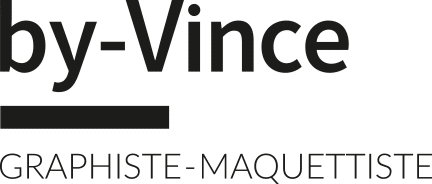Exploring Ancient Ruins in Coin Volcano
Exploring Ancient Ruins in Coin Volcano
Located in the heart of the Pacific Ocean, Coin Volcano is a remote and mysterious island that has long fascinated archaeologists and adventurers alike. This volcanic landmass, surrounded by crystal-clear waters and coral reefs teeming with marine life, holds secrets of a rich and storied https://coin-volcano.org/ past. For centuries, the ruins of an ancient civilization lay hidden beneath its rugged landscape, waiting to be discovered.
A Brief History of Coin Volcano
Before we delve into the exploration of the island’s ancient ruins, it is essential to understand the history surrounding this enigmatic place. Archaeological evidence suggests that human habitation on Coin Volcano dates back around 3,000 years. The first inhabitants were likely Polynesian settlers who arrived on the island as part of their vast expansion across the Pacific. Over time, these early arrivals developed a complex society with its own distinct culture and traditions.
The civilization that flourished on Coin Volcano was known for its impressive stone architecture, intricate carvings, and sophisticated irrigation systems. It is believed that this ancient people were skilled craftsmen who developed a unique writing system, which unfortunately has yet to be deciphered by modern scholars. The ruins of their cities are scattered across the island, providing a glimpse into the lives of these long-lost inhabitants.
Uncovering the Ruins
As we explore Coin Volcano’s ancient ruins, it becomes clear that this is no ordinary archaeological site. The sheer scale and grandeur of the structures that once stood here defy explanation. Towering stone walls, some reaching as high as 10 meters, stretch towards the sky like giants from a forgotten era. Intricate carvings adorn these walls, depicting scenes of everyday life, mythological creatures, and what appear to be astronomical events.
One of the most striking features of Coin Volcano’s ruins is its advanced irrigation system. Sophisticated networks of canals and aqueducts supplied water to the cities’ inhabitants, ensuring that they had access to clean drinking water even in times of drought. This remarkable feat of engineering speaks volumes about the ingenuity and resourcefulness of this ancient civilization.
The Temple of Ahuna
Among the many ruins scattered across Coin Volcano lies a site of particular significance: the Temple of Ahuna. Dedicated to the island’s primary deity, Ahuna was revered as the patron god of fertility and prosperity. The temple itself is an impressive structure, comprising three interconnected buildings surrounded by a series of concentric walls.
The Mysterious Carvings
One of the most enigmatic aspects of Coin Volcano’s ruins are its carvings, which adorn almost every surface of the structures. These intricate designs tell the story of the islanders’ spiritual and mythological traditions. Among the most fascinating carvings is a series of images depicting what appears to be an ancient astronomical event: the transit of Venus across the face of the sun.
Deciphering the Writing System
Despite numerous attempts by scholars, the writing system used by the Coin Volcano civilization remains a mystery. The intricate symbols and hieroglyphics etched into stone walls offer tantalizing clues about this long-lost culture’s language and traditions. Researchers continue to study these markings, hoping that one day they will crack the code and unlock the secrets of this enigmatic writing system.
Challenges and Controversies
Exploring ancient ruins on Coin Volcano comes with its share of challenges. The harsh tropical climate, dense jungle foliage, and steep terrain make it difficult for even seasoned adventurers to navigate the island’s rugged landscape. In addition to these logistical hurdles, there are also concerns about the cultural sensitivity of archaeological exploration in such a remote location.
Some local communities have raised objections to the excavation efforts on Coin Volcano, arguing that the removal of artifacts and structures is a form of cultural appropriation and disrespect for their ancestors’ legacy. As we continue to explore this fascinating island, it is essential that we tread carefully and respect the traditions and concerns of those who call this place home.
Conclusion
Coin Volcano’s ancient ruins offer a glimpse into a rich and mysterious past, one that continues to captivate our imagination and inspire our curiosity. This enigmatic island holds many secrets yet to be uncovered, and as we explore its hidden corners, we are reminded of the importance of preserving cultural heritage for future generations.
Despite the challenges and controversies surrounding archaeological exploration on Coin Volcano, it is clear that this site has much more to reveal about human history and culture. As researchers and adventurers alike continue to delve into the mysteries of this island, we are drawn into a world of wonder and discovery, one that will forever change our understanding of the past.
